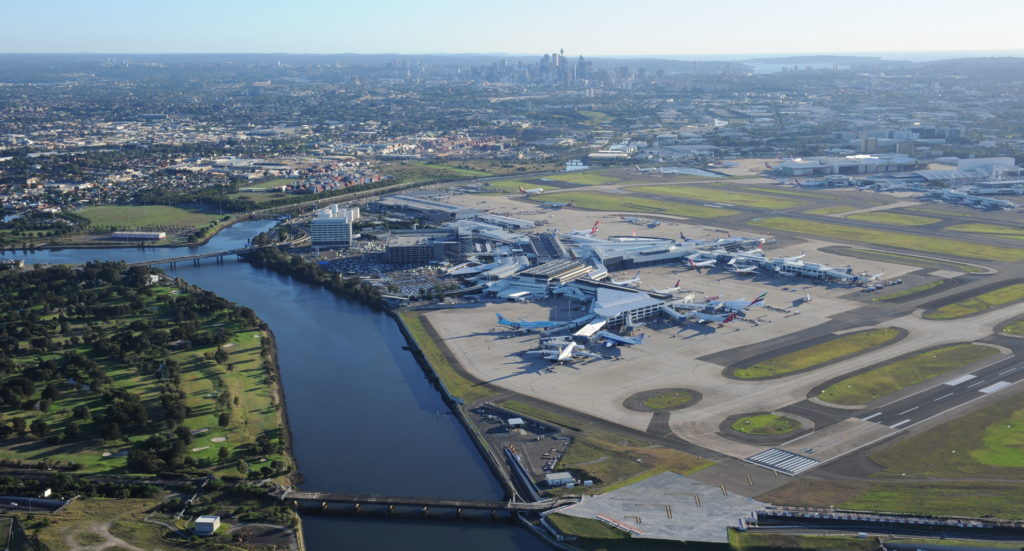The Australian Airports Association (AAA) and ACI World have dismissed claims that the privatization of Australia’s airports has led to higher passenger costs, citing better terminals, improved services and lower airfares over a 20-year period.
According to the AAA, Australia’s airports have invested A$11.5bn (US$8.7bn) on airport improvements over the last decade, all without taxpayer funding. This has been largely due to the liberalization of airport ownership combined with light-touch economic regulation.
ACI World and AAA stress that any regulatory framework must facilitate and incentivize airport investment to drive connectivity, improve passenger service quality and stimulate wider economic growth and job creation.
Angela Gittens, director general, ACI World, said, “In an increasingly commercial and competitive business environment, airports must be able to collect sufficient revenues to finance their investments in airport infrastructure and operations. This is crucial as it allows airports to maintain service levels to passengers and airlines.
“For Australia, we forecast a 20-year cumulative average growth rate of 3.7% with annual passenger traffic reaching 321 million by 2040. To keep pace with this demand, Australian airports must be able to invest, improve and grow. Aeronautical and non-aeronautical revenues are the major sources of funds for airports to invest in infrastructure and service improvements.
“To this end, privatization has been a way to finance much needed infrastructure investments, and Australian airports continue to be able to finance their operations and development. Thanks to their revenues – major projects such as the Brisbane Airport runway, now under construction, and planned new runways at Melbourne and Perth airports, are good examples of airport investment increasing capacity.”
Caroline Wilkie, CEO of AAA, added, “Australia’s airports are investing in runways, terminals and technology to make it easier, cheaper and more enjoyable for passengers to fly. Our regulatory approach here in Australia fosters collaboration with airline and government partners to direct investment where it is needed most and put passengers at the center of the decision-making process. This has unquestionably delivered significant benefits for Australian travelers and our growing visitor economy.
“It comes as no surprise that successive Australian governments and Productivity Commission reviews have endorsed the current regulatory approach. It has been shown to encourage strong competition between airlines and has overseen a period where international airfares have fallen in real terms.
“Airports have also invested to manage significant growth, without putting a burden on the taxpayer in the same way as other forms of infrastructure. These are significant benefits that are supporting the growth of our economy and tourism industry.”

